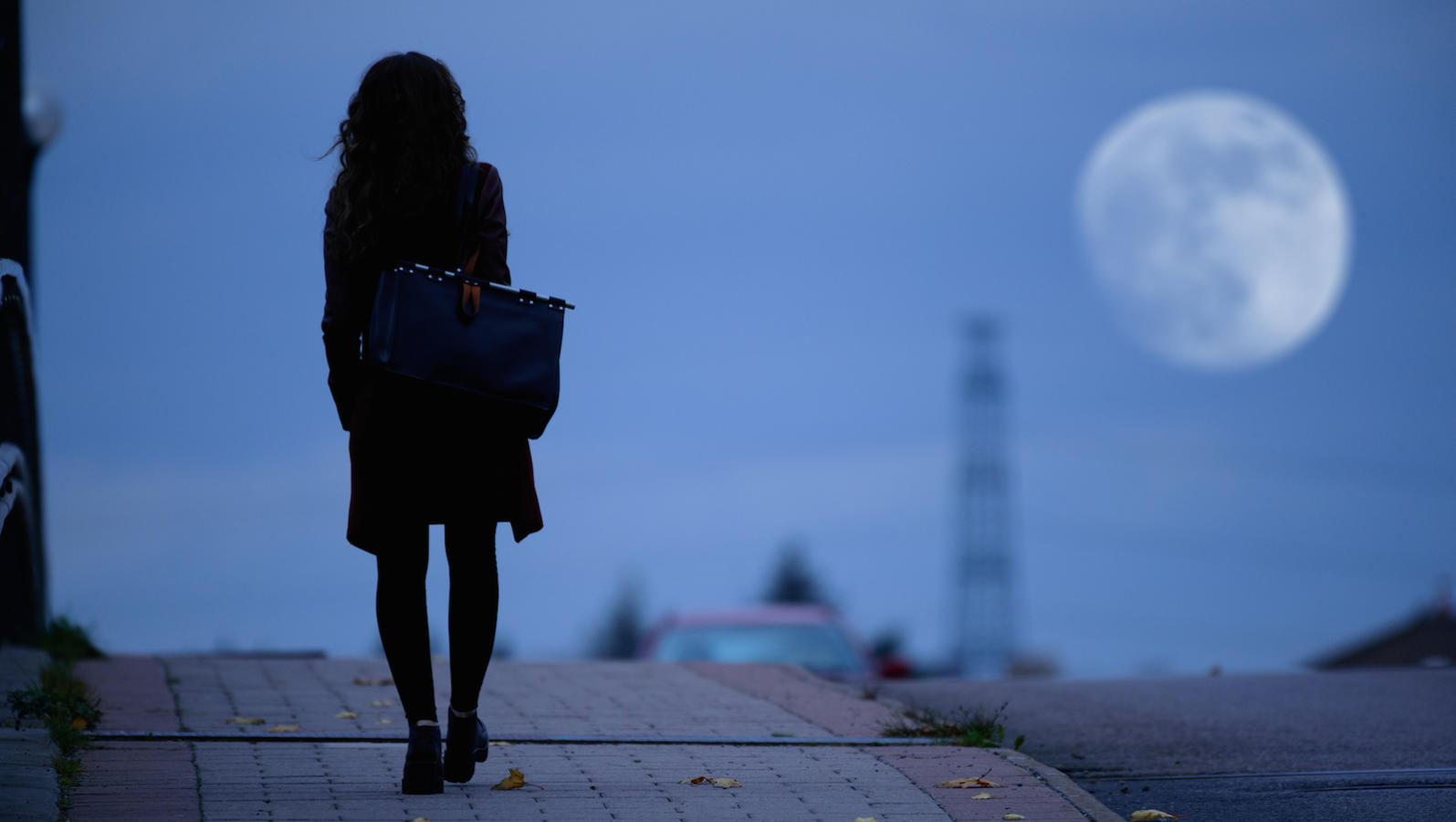Rosh Chodesh has long been considered a special holiday for women. There are a number of reasons:
- According to legend, the holiday was a reward given to the women of Israel because they refused to surrender their jewelry for the creation of the Golden Calf [which, the biblical Book of Exodus says, the Israelites worshipped in the desert after the Exodus from Egypt]. Because of their righteousness, the women were exonerated from working on Rosh Chodesh.
- Many people have pointed out that the menstrual cycle is similar to the monthly cycle of the moon. (The English word “menstruation” derives from the Latin word for “monthly.”)
- Penina Adelman, author of the first modern Rosh Chodesh ritual guide for women, points out that the words Roshei CHodshiM, heads of the months, contain the same letters that form the word ReCHeM, womb.
- The status of the moon has often been compared to the status of women. The Talmud recounts a legend that the moon and the sun were originally of equal size and brightness, but the moon asked how two could rule equally; God responded by making the moon smaller. In ancient texts, woman likewise has a lesser status and is subservient to man. Furthermore, the Zohar, the authoritative work of the mystical tradition, frequently likens the moon to the Shekhinah, the Divine Presence, which mystics consider the feminine aspect of God. Only when the world is redeemed will the Shekhinah reunite with the masculine aspect, the Kadosh Barukh Hu, the Holy One Blessed is He, and only then will the moon’s light intensify.
Rosh Chodesh has long been sacred to women. From the 16th to the early 20th centuries, the women of Eastern Europe wrote special Rosh Chodesh tekhines — personal prayers in the Yiddish vernacular. Over the past three decades, Rosh Chodesh observance has been revived by Jewish feminists. The book Miriam’s Well: Rituals for Jewish Women Around the Year by Penina Adelman, first published in 1986, presented the experiences of one of the first women’s Rosh Chodesh groups and provided a template for creative Rosh Chodesh rituals.
Adelman describes, for example, an “anointing ritual… which invokes the messiah in each individual”; creating a small model of the gallows so that participants can hang “the Hamans of women’s lives — sexual harassment, low pay, the beauty industry”; and “group wailing” to recall the wailing women in the Book of Jeremiah.
In addition to feminist groups focusing on personal spiritual growth, like those that began in the 1970s, a wide variety of Jewish women — feminist and non-feminist — now meet to celebrate Rosh Chodesh. Some groups are sponsored by synagogues, others by non-denominational organizations, and a few meet independently. Activities range from reciting the traditional liturgy and sharing a meal to discussing Jewish ethics and working for social change. Some groups, like those following Hadassah’s Moonbeams guide, set aside Rosh Chodesh for Jewish study.
Reprinted with permission from Moonbeams: A Hadassah Rosh Hodesh Guide, edited by Carol Diament and published by Hadassah.



